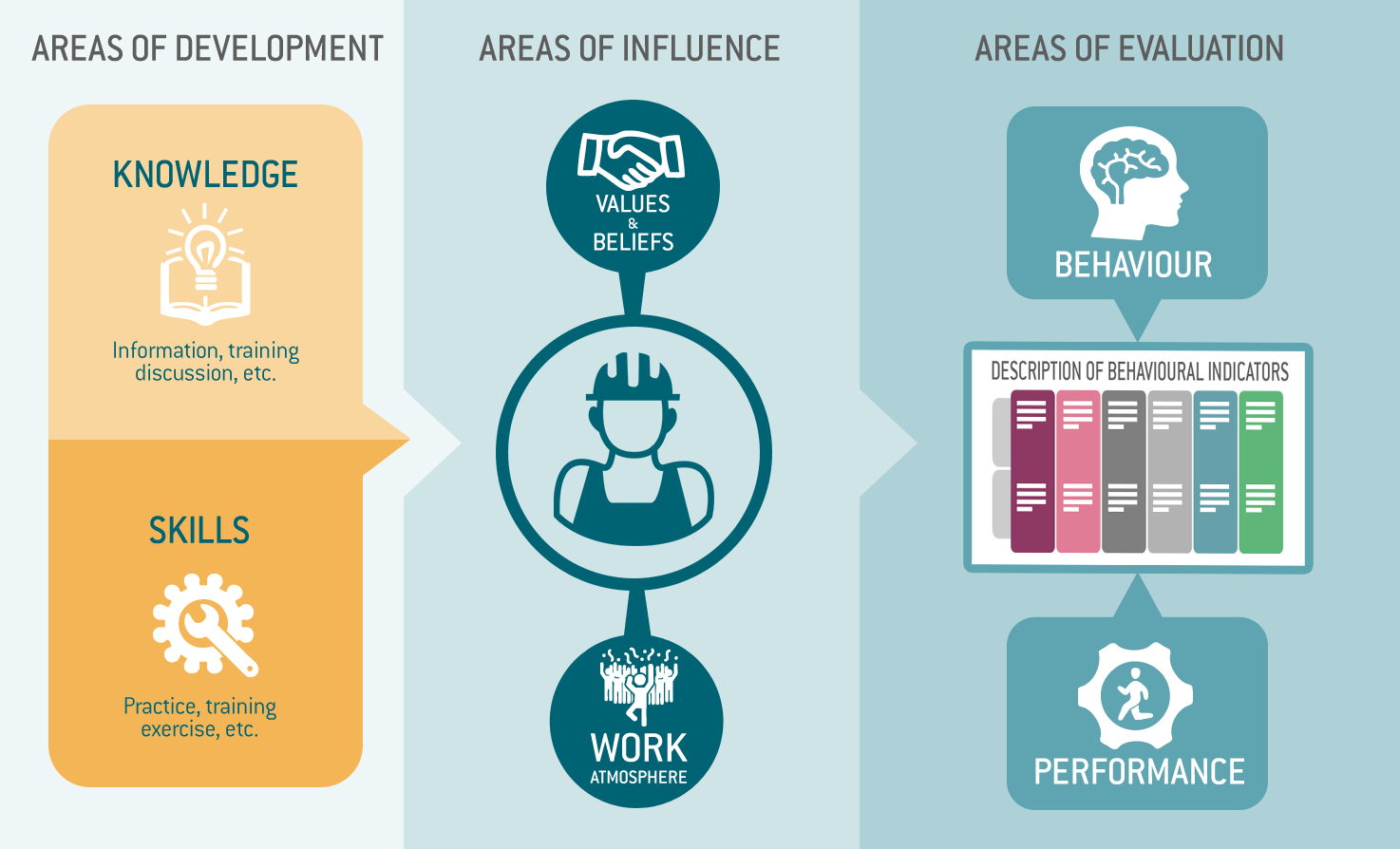Does your performance appraisal process provide the intended effect? If this question catches your attention you are probably not sure whether the performance appraisal in your company provides positive effect, what type of effect to expect or how to actually measure a possible effect from the performance appraisal efforts.
Many companies invest a lot of effort in the performance appraisal process but they do not focus so much on what effect they expect to get out it. We often hear that:
All in all, the onboard performance appraisal process seems to be very unpopular in a lot of shipping companies and the process does not seem to provide its potential value, which is simply to drive engagement and improvements.
This is probably not ‘big news’ for anyone, but this is not the biggest problem in our opinion. The biggest problem must be that no one really seems to care about the increasingly negative perception of the process, lack of credibility of the data. Moreover, this has probably been the situation for a long time.
So why don’t we just scrap the whole process?
Do we really need the performance appraisal? When it comes to promotion we see that personnel are most often selected/recruited based on their level of experience and these data can be found without performance appraisal. The necessary training is usually planned and executed according to a training plan where the performance appraisal does not have to be involved. So basically, we can do without onboard performance appraisals process! Or can we?
Well, employee performance will always be rated in some manner. If you don’t have formal evaluations, the rating of staff members will be more biased and based on perceptions which not necessarily relate to the company performance. Decisions about re-hire, promotion and development that are not made in alignment with the company objectives, and values will naturally not drive the company performance in the desired direction or to the same level as decisions based on performance management.
We will argue that:
The key benefit of well-functioning performance management is that it ensures an aligned focus among all employees to the business and vessel objectives, that it inspires and supports employees to contribute to the objectives, and finally, that it can identify possible opportunities for individual development.
What could be a real effect from the performance appraisal?
The effect depends on the intended purpose, meaning that if the performance appraisal process is intended as a tool to rate employee skills then it should be designed to deliver that effect. But if the intention of the process is to drive performance then it needs to be designed in accordance with the company’s performance targets.
Below are some of the typical performance criteria we have seen, and the possible challenges associated with them:
| Typical performance criteria | Plausible intention | Challenge for assessment |
| Professional skill / practical knowledge | To assess actual skills level in order to capture potential training needs | What skills are “professional”? How are these skills measured? What should be done based on the assessment? |
| Quantity of work / efficiency | To assess the level of productivity in order to decide about re-hire | It can be difficult to measure and evaluate against work quality. There are many factors influencing work quantity that needs to be taken into account. What should be done afterwards based on the assessment? |
Many companies have not really defined the purpose and intended effect from the assessment and appraisal and therefore the whole process seems like a subjective personal evaluation with no real purpose. Below are some samples on different performance criteria with the purpose of driving vessel performance:
| Performance criteria to drive performance | Intended performance effect | Possible influence from performance appraisal |
| Identification and planning of maintenance | Improved vessel condition from higher level of attention on identifying maintenance activities | The performance criteria could be further detailed to help explain what to be given attention during the stay on board and to assist the discussion related to individual contribution. For officers, specific objectives for maintenances can be associated with the criteria. |
| Ensuring good vessel inspections | Lower number of deficiencies and observations made due to increased attention to the preparation of inspection | Points for preparation are discussed as individual performance criteria which ensures a higher level of attention and accountability among officers and crew. |
Most people who go to work would like to do a good job and get satisfaction from a well-done job. If employees do not succeed it is most often due to lack of guidance and attention to their work practice.
Different studies show that a right blend of leadership (e.g. giving clear directions by providing informal and accurate feedback) and organisational focus (structured and consistent processes for discussion of objectives and individual contribution to these) can drive an increase in performance of up to 40%.
So basically, it is matter of “what gets evaluated – gets attention” and if you understand how to contribute to performance and receive guidance and feedback on your actions and behaviour the likelihood that you succeed in achieving the objective and effect is high.
So, one thing is to have defined purpose, intention and all the “right” performance criteria, another thing is to ensure application of a performance management behaviour. This part is what happens every day on board and is a matter of exercised leadership.
In many cases we see that the performance appraisal process is perceived as an instrument for the officer to express his/her personal opinion of the crew members in terms of doing good or bad on some generic performance criteria. Furthermore, the officer does not really want to exercise such evaluation and consequently most crew members then find that their performance are evaluated to be around ‘medium’ or ‘average’ with no further action related to this.
Officers find the performance appraisal challenging because they work and live together with the crew on board and they are afraid to address anything personal that could have a negative influence on the work atmosphere. Officers have not received training in stimulating human performance or motivation and are left to their own interpretation of the performance criteria. Discussion and reflections on actual performance indicators are not formalised and therefore up to the officers to interpret.
No wonder that it is difficult to see any effect from the performance appraisal!
What to do?
First of all, the general perception of the performance appraisal process needs to change from an evaluation of “good or bad”. Nor should it be a means of reporting those who should not have e new contract (punishment). Instead it should be changed to a process for development with guidance on “how to do even better” and achieving a target. The perception should be that “we are on the same team driving performance together”.

The focus should be on the application of performance management. It starts with defining the objectives. These must be transformed into specific behaviour and actions of crew and explained in detail. Instead of having a performance appraisal interview at the end of a contract we suggest to start all contracts with crew and ratings on board by having a simple talk about objectives and expected contribution.
Performance criteria that are detailed into simple work behaviours are much easier to understand and follow than generic criteria such as e.g. “environmental awareness”. When given a clear objective and how to contribute to achieve this, crew members can see the context and easily understand what is expected of them.
Furthermore, managers must know how to guide and provide feedback to crew on work practice according to the performance criteria and behaviour. As stated earlier “it is the consistent focus, dialogue and follow-up” that supports performance and not the rating in “good or bad” of a particular and generic performance criteria.
When officers and crew see performance appraisal as a natural way to discuss how to contribute and develop then a positive cycle will emerge. The engagement towards objectives increases which again raises the level of achievement which finally results in the desired effect.
But this change is not done just by revising the performance appraisal template or implementing a new IT system to host the data. To achieve real effect, we need to ensure that the organisation behind the process is mobilised to drive the change. That does require some effort. But just make the calculation of a performance increase of 40% then the business case for this effort is quite good!
Contact us for personal advice
Would you like us to call you?


